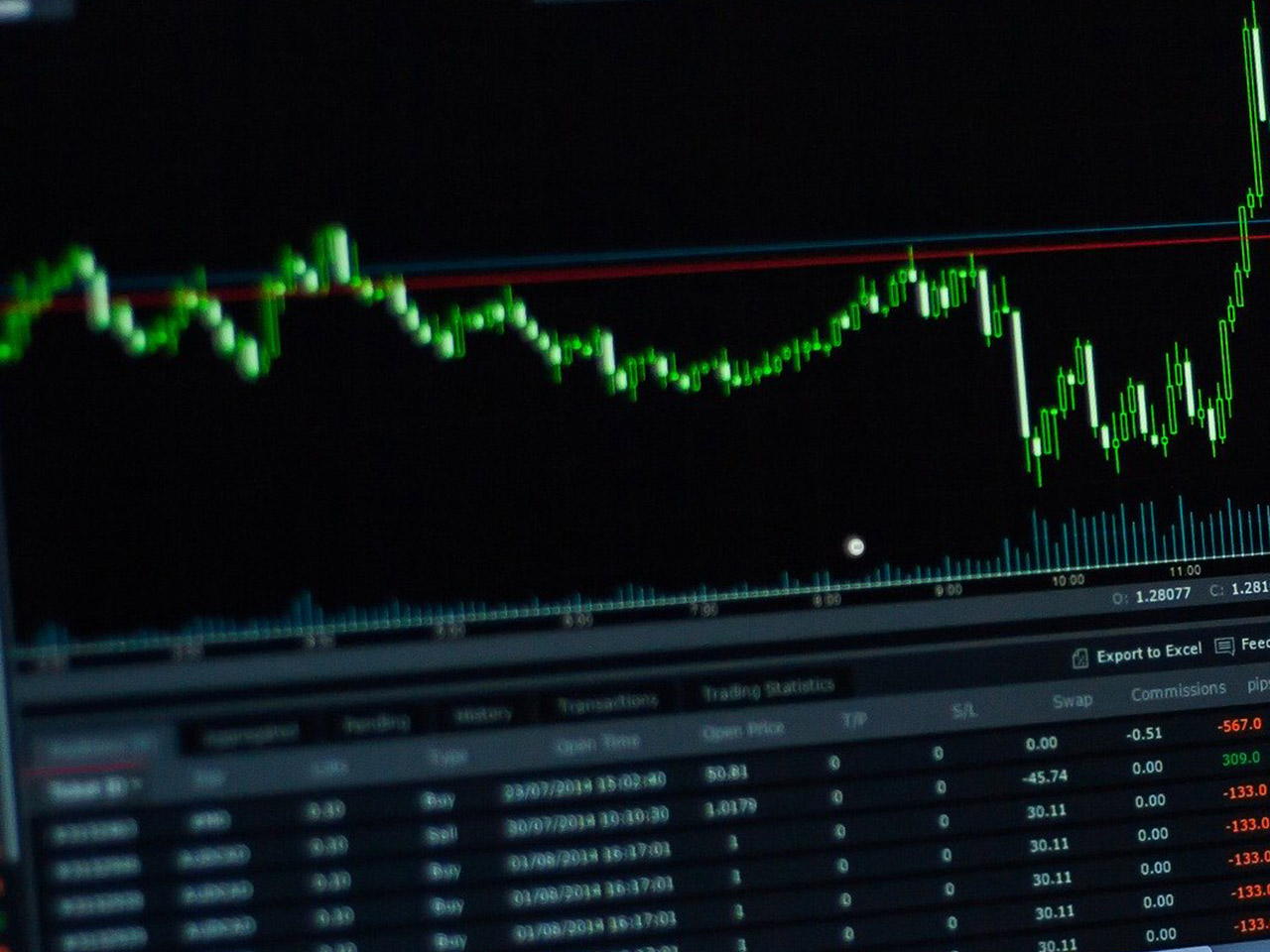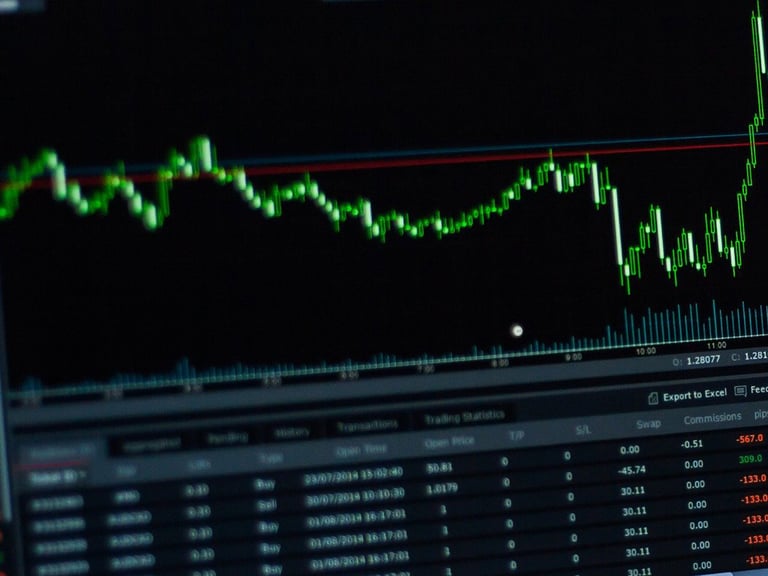In the intricate terrain of regional banking, Signature Bank (New York, NY) (OTCPK: SBNY) presents a unique case study. This once-thriving institution, with a market capitalization of $72.42 million, now inhabits the liminal space of the over-the-counter market following its closure on March 12, 2023. For individual investors, understanding the dynamics of Signature Bank’s current status and historical performance offers valuable insights into the broader financial landscape.
Signature Bank’s operations were historically centered around digital asset banking services, a niche that positioned it as a forward-looking player within the financial services sector. Despite its current valuation, the bank’s stock trades at a mere $0.80, a shadow of its 52-week high of $2.25. This significant disparity highlights the bank’s tumultuous journey and the volatile nature of banking stocks, especially those navigating insolvency.
Examining the performance metrics, Signature Bank reported a robust revenue growth of 14.00% prior to its closure, coupled with a notable Return on Equity (ROE) of 16.87%. These figures underscore the bank’s previous operational strength and capacity for profitability, which makes its swift downfall a stark reminder of the unpredictable challenges faced by financial institutions.
Despite the absence of standard valuation metrics such as P/E ratios or price/book values, Signature Bank’s Earnings Per Share (EPS) stood at an impressive 14.44. This, alongside a conservative payout ratio of 10.79%, suggests that the bank maintained a disciplined approach to reinvesting earnings for growth, a strategy that might have been insufficient in the face of broader systemic risks.
Technical indicators further illuminate Signature Bank’s current trading environment. The Relative Strength Index (RSI) of 21.28 suggests that the stock is severely oversold, potentially signaling a limited market interest or skepticism about any potential recovery. The Moving Average Convergence Divergence (MACD) and its signal line, both in negative territory, reinforce the notion of a bearish trend prevailing over the stock.
For investors, the lack of analyst ratings or target price ranges poses a significant challenge in assessing the future trajectory of SBNY. The absence of buy, hold, or sell recommendations reflects a consensus of uncertainty and perhaps a strategic avoidance by analysts to engage with the stock’s speculative nature.
Signature Bank’s narrative serves as a cautionary tale of the banking sector’s vulnerabilities and the critical importance of due diligence. While the bank’s closure has relegated its stock to the peripheries of the financial markets, the lessons gleaned from its rise and fall remain pertinent. For those considering engagement with SBNY or similar distressed assets, the emphasis should be on a thorough understanding of market dynamics and a readiness to navigate the inherent risks of such investments.







































